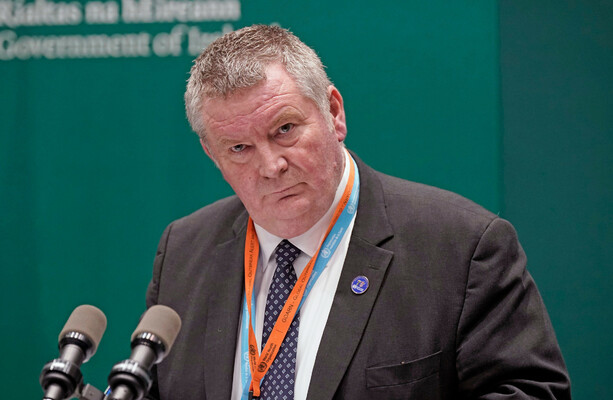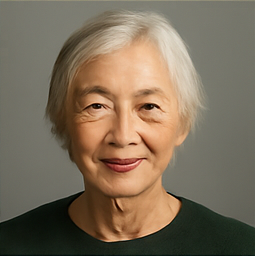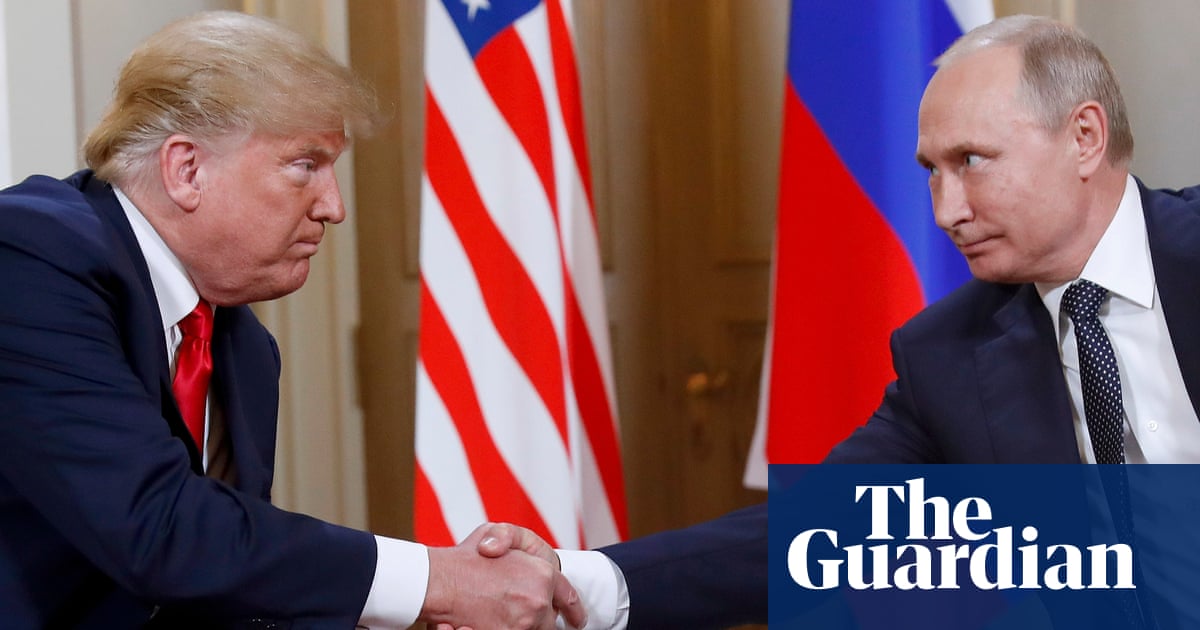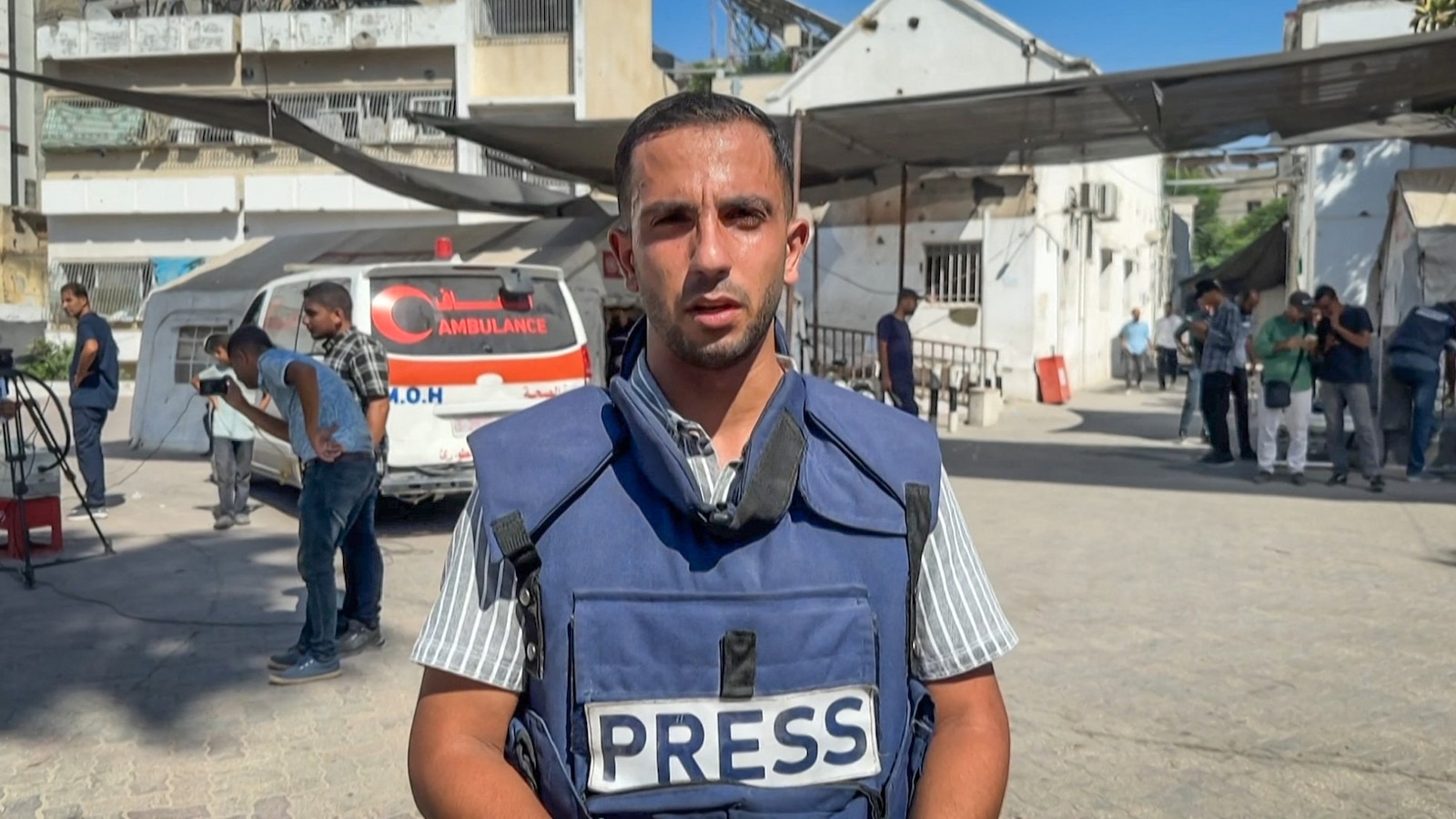World Health Organization Announces Significant Cuts Amid U.S. Funding Reductions

The Director-General of the World Health Organization (WHO), Tedros Adhanom Ghebreyesus, informed staff today that the organization is making drastic changes to its management structure in response to significant funding cuts from the United States. This decision comes as the WHO aims to navigate a challenging financial landscape that has been exacerbated by the upcoming withdrawal of U.S. financial support.
In a concise email shared with staff and reported by the AFP news agency, Tedros outlined the new executive management team, which will see a reduction from 11 members down to just 6. This streamlined team is set to assume their new roles starting June 16, marking a significant shift in leadership at the agency’s headquarters in Geneva.
Among the notable departures is Mike Ryan, the WHO’s emergencies director, who has been a prominent figure in the organization’s response to global health crises, including the COVID-19 pandemic. Ryan, an Irish national, has been acknowledged by Tedros for his unwavering dedication during challenging times. In a follow-up email, Tedros expressed gratitude for Ryan's decision to extend his tenure at the WHO, stating, “Mike planned to leave over two years ago but stayed on at my request, and I am very thankful for that.” Ryan's steady presence has indeed been vital through the most trying phases of the pandemic.
In a recent statement that drew considerable attention, Ryan articulated the dire situation in Gaza, urging the international community to intervene to prevent further suffering among the children impacted by the ongoing conflict. He criticized the world’s inaction, declaring, “We are starving the children of Gaza,” and labeling the humanitarian crisis as “an abomination.” His emotional appeal underscored the urgent need for global awareness and action in the face of such tragedies.
In addition to Ryan, Bruce Aylward, a Canadian who has been instrumental in initiatives aimed at achieving universal health coverage, will also be leaving the organization. This marks a significant loss for the WHO, as both figures have been pivotal in shaping the organization’s response strategies.
Looking ahead, the remaining members of the executive team will include Jeremy Farrar, a well-respected British medical researcher who previously served as the head of the Wellcome Trust, a London-based health charity. Farrar will transition to the role of assistant director-general focused on health promotion and disease prevention, while his previous position as chief scientist will be taken over by Sylvie Briand, a French physician currently leading the agency’s Pandemic and Epidemic Diseases Department.
In light of the financial challenges, Tedros emphasized to member states that the WHO would need to implement serious cuts to operations and staffing. The substantial budget shortfall, estimated at several hundred million dollars, is largely attributed to the withdrawal of U.S. funding, which has historically been the largest source of financial support for the organization.
The WHO received approximately $1.3 billion from the United States for its 2022-2023 budget, with much of that funding allocated to specific projects rather than through standard membership fees. Recent developments suggest that the U.S. government, under President Donald Trump’s administration, has opted not to fulfill its financial obligations, including dues for 2024, and is expected to withdraw support entirely in 2025.
As a result, Tedros has projected a potential “salary gap” of between $560 million and $650 million for the upcoming 2026-2027 budget cycle. While the exact number of expected job losses remains unclear, he indicated that the most significant impacts would likely be felt at the WHO headquarters in Geneva, particularly among senior management.
Although immediate further cuts are not anticipated, this pressing issue will undoubtedly be at the forefront of conversations among delegates as they convene for the WHO’s annual decision-making assembly next week. As the organization grapples with these challenges, it remains to be seen how the global health landscape will be affected by these significant organizational changes.





























